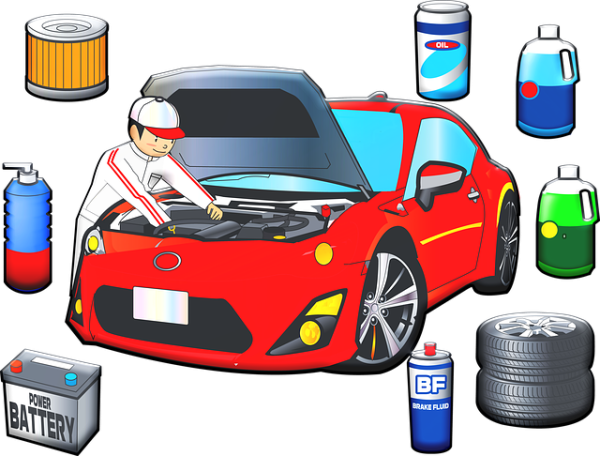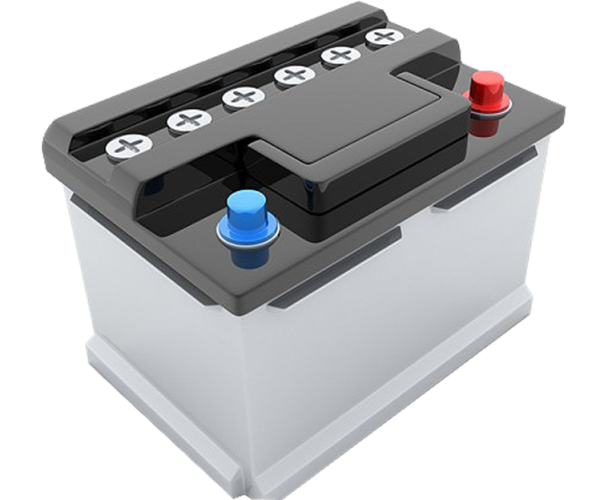Carmakers, government agencies, and investors are pouring money into battery research in a global race to profit from emission-free electric cars.
As automakers like General Motors, Volkswagen, and Ford Motor make bold promises about transitioning to an electrified, emission-free future, one thing is becoming obvious: They will need a lot of batteries.

Demand for this indispensable component already outstrips supply, prompting a global gold rush that has investors, established companies, and start-ups racing to develop the technology and build the factories needed to churn out millions of electric cars.
Long considered one of the least interesting car components, batteries may now be one of the most exciting parts of the auto industry. Car manufacturing hasn’t fundamentally changed in 50 years and is barely profitable, but the battery industry is still ripe for innovation. Technology is evolving at a pace that is reminiscent of the early days of personal computers, mobile phones, or even automobiles, and an influx of capital has the potential to mint the next Steve Jobs or Henry Ford.
Estimates that electric vehicles will make up 18 percent of new car sales by 2030. That would increase the demand for batteries by about eight times as much as factories can currently produce. And that is a conservative estimate. Some analysts expect electric vehicle sales to grow much faster.
China and the European Union are injecting government funds into battery technology. China sees batteries as crucial to its ambition to dominate the electric vehicle industry.

The European Union is subsidizing battery production to avoid becoming dependent on Asian suppliers and to preserve auto industry jobs. Last month, the European Commission, the bloc’s administrative arm, announced a 2.9 billion euro, or $3.5 billion, fund to support battery manufacturing and research. That was on top of the more than €60 billion that European governments and automakers had already committed to electric vehicles and batteries,
Several battery factories are in the planning or construction phase in the United States, including a factory is building in Ohio.
Although no one cared about batteries before, now, the competition for batteries is fierce, and this is a big battle.
Toyota, BMW, Volkswagen, Honda, Nissan, Porsche, Ford, Audi, and other world-renowned brands are widely used in plastic sleeve boxes.
Thanks for reading! If you’ve enjoyed this article, it would mean a lot to me if you shared it!
